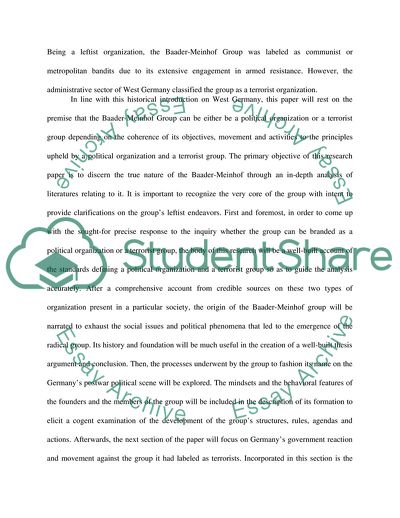Cite this document
(Political and Social History Case Study Example | Topics and Well Written Essays - 2000 words, n.d.)
Political and Social History Case Study Example | Topics and Well Written Essays - 2000 words. https://studentshare.org/politics/1714855-political-and-social-history
Political and Social History Case Study Example | Topics and Well Written Essays - 2000 words. https://studentshare.org/politics/1714855-political-and-social-history
(Political and Social History Case Study Example | Topics and Well Written Essays - 2000 Words)
Political and Social History Case Study Example | Topics and Well Written Essays - 2000 Words. https://studentshare.org/politics/1714855-political-and-social-history.
Political and Social History Case Study Example | Topics and Well Written Essays - 2000 Words. https://studentshare.org/politics/1714855-political-and-social-history.
“Political and Social History Case Study Example | Topics and Well Written Essays - 2000 Words”. https://studentshare.org/politics/1714855-political-and-social-history.


